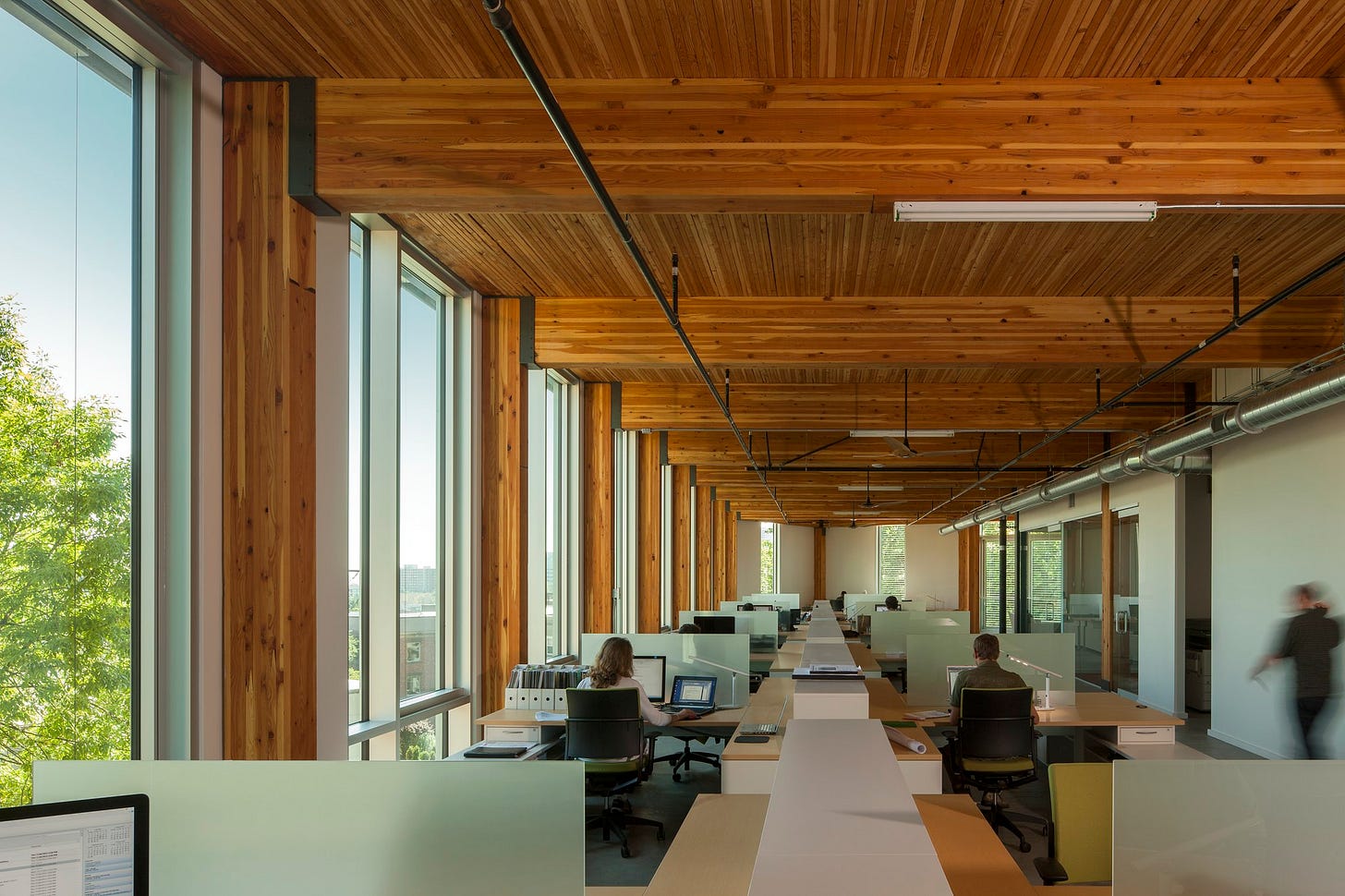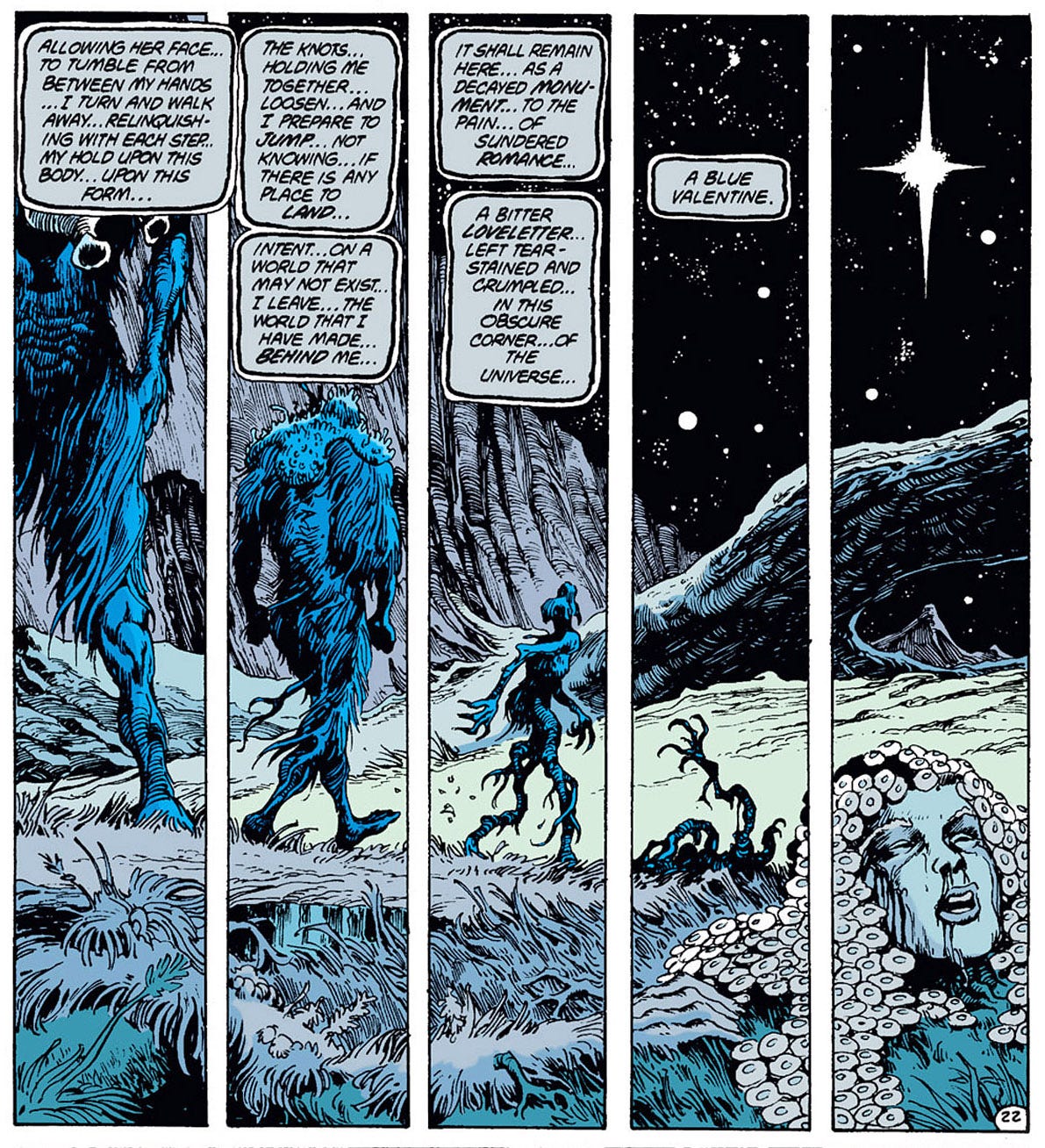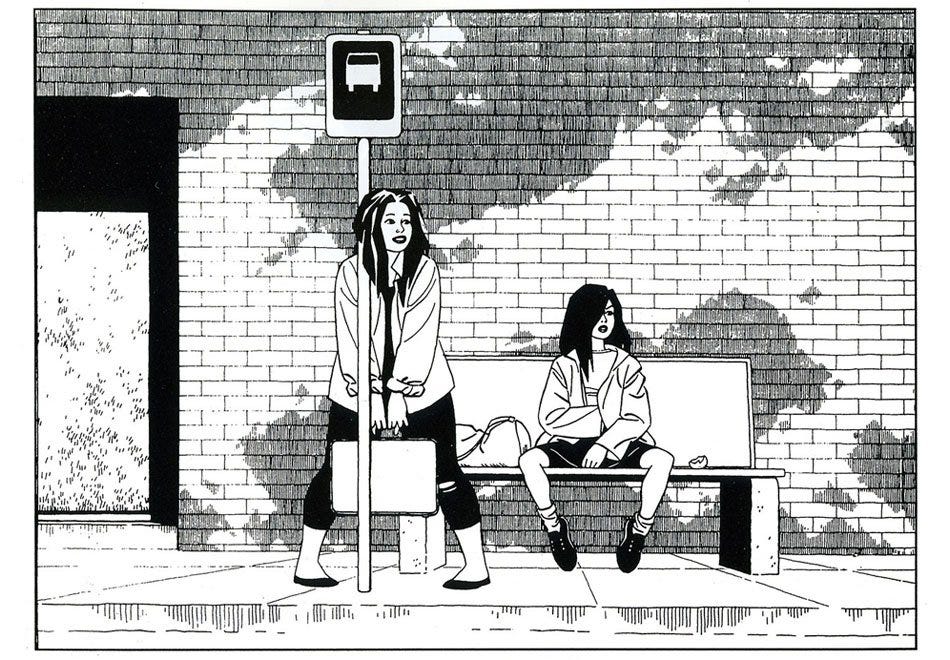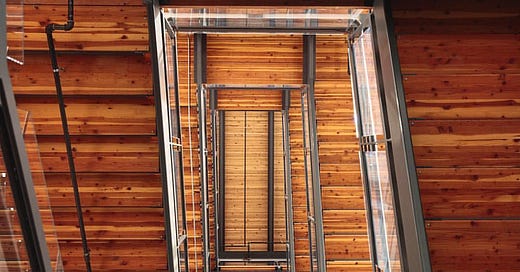
Bullitt Center Stair, Peter Alfred Hess
This week I was talking to some people for an article about the Living Building Challenge, specifically a new building in Atlanta that is seeking to qualify under this super-rigorous sustainability standard. It’s kind of hard to sum up, but it’s a certification system that requires a building to be self-sufficient within the resources of its site. It has to give more than it takes.
So one big thing is that it has to generate more energy than it uses (buildings are responsible for 40% of GHG emissions in the US). All water must be collected, treated, and used on site, so rainwater is turned into drinking water; stormwater, grey water, and even air conditioning condensation are used for irrigation or worked back into the soil through landscaping. It has to use as much salvaged material as the waste its construction generates. One especially challenging requirement is a prohibited Red List of polluting or harmful materials that drastically restricts what can be used in construction.

The Bullitt Center in Seattle is a Living Building, a heavy timber structure, meaning it’s constructed from large wooden beams and columns. (C) Nic Lehoux for the Bullitt Center
Rather than just mandating best practices like better windows, toilets, etc. (although these are also important), Living Building certification is defined by a series of lofty end goals, even in categories like health, happiness, and equity. You can look at some of the existing Living Buildings here.
The thing I like most about the program is the level of imagination it demands of participating builders. They’re often doing things that require policy change or have never been done before in their regions. The process asks them to really rethink how a building might be in right relationship with its surroundings and the people who use it.
These buildings are often, but not always, pretty fancy projects that act as demonstrations or proofs of concept. There aren’t that many of them, although far more meet individual categories of certification. That said, I think this type of challenge to imagine something radically different from what exists now is critical in the context of climate change. That includes technology and the built environment, but also the political and economic systems that determine what gets built.
I was thinking about this idea and the building challenge while reading this week about the wildfires in California and a new report about rising sea levels in populated areas. Listen to this downer, for example:
I think the perception is that we’re supposed to control them. But in a lot of cases we cannot,” said John Abatzoglou, an associate professor at the University of Idaho. “And that may allow us to think a little bit differently about how we live with fire. We call it wildfire for reason — it’s not domesticated fire.”
That is the truth but boy “think a little bit differently” is doing a lot of heavy lifting in that statement. Whether we’re forced into it or by some heroic rising to the occasion, decarbonizing and adapting to climate impacts will require us to radically reimagine our relationship with our surroundings.
Imagining a better reality is a frequent theme in the activist community or on the left, let’s say, who are often accused of being in denial of the current reality, as a result. Lack of imagination is often wielded as a badge of honor and sometimes as a cudgel by such critics.

Tweet
To believe we live in the best of all possible worlds. Such a brutal concept, the clinging to the way things are and what people currently have as the negation of anything better.
Stay with me here I’m about to make a big jump which I guess is a thing we do at Crisis Palace. But I think we also need to extend this idea of imagining a better world well beyond just infrastructure and technology, and into our political and economic systems. Otherwise these amazing feats, these new ways of viewing our built environment, may never reach the kind of widespread and equitable distribution climate change demands. Here is another good dunk I liked by Jamelle Bouie:


He continues, “‘free market capitalism is the best of all possible and imaginable worlds’ is just a staggeringly bleak thing to believe.” I feel like so much of our political debate is about the way we imagine what is possible. This is an idea that has always stuck with me since reading Angela Davis on prison abolition:
The prison is one of the most important features of our image environment. This has caused us to take the existence of prisons for granted. The prison has become a key ingredient of our common sense. It is there, all around us. We do not question whether it should exist. It has become so much a part of our lives that it requires a great feat of the imagination to envision life beyond the prison.
And later:
But it should be remembered that the ancestors of many of today’s most ardent liberals could not have imagined life without slavery, life without lynching, or life without segregation.
It may feel like I’m drifting far in this train of thought that started with green building, to consider how it relates to institutions like incarceration. But as we are figuring out what our world looks like next, in the midst of climate crisis, I think the same sense of imagination needs to be applied to the things we build and to the systems that allow what gets built and for whom.
In both cases, we are talking about structures we create that shape how we want to live and how we want to treat each other and our surroundings, either set free or constrained by our imaginations.
Related: Raze and rebuild 9/27/19

Swamp Thing, Alan Moore, 1987 (please do not put a hex on me for using this Alan Moore)
Listening
I went to see Sleater-Kinney this week and it was very good and fun. I was kind of down about Janet Weiss leaving and not that into the new record at first but I’ve been listening to it more and I’ve come to really love some of the songs on it including this one. I think it was actually one of the best songs of the show.
Reading
So I’m not reading this right now, but two weekends ago I got to see a live interview with Jaime Hernandez at the annual MICE Expo and it was a lot of fun so I was thinking I would recommend some of his work. Love and Rockets is maybe, I want to say, the best comics series ever? It’s also kind of hard to start since there is just so much of it, but I would recommend either volume of Locas, the collected Maggie and Hopey stories. These are hefty books, but you can probably check them out at your local library.

Links
Climate change threatens to “all but erase of the world’s great coastal cities.”
Learn to live with fire.
Rebecca Traister on powerful men casting themselves as victims. “…fury at any disruption to his presence or preferences in the world, or to a social order which would keep him at the top …”
A fun conversation between Billie Joe Armstrong and Billie Eilish, where they do not broach the controversial topic of how to spell Billie.
A photoset about the occupation of Alcatraz and modern Native American activism.
“Everybody has something to lose.” The Guardian’s environment editor with some words on writing about climate change:
Science remains paramount. Accuracy must always be the goal. But truth is more than datasets. It has to resonate on an emotional level. And it has to apply as much to the periphery as to the centre.
Bringing together the personal and the global is easier said than done, but that is the task ahead. In one way it has always been the job of journalists to make this connection. After all, that is what “media” means. But this work as a go-between feels particularly urgent now that our environment is breaking down and our politics is splintering into nationalist tribes. Addressing that is a responsibility.

This is you when you get this newsletter.
That’s this week’s Crisis Palace I hope you enjoyed it. Last night it was getting kind of late and Jamie told me that this little kid came to our door and said “Trick or treat. I’m so tired.” I really feel that kid. But keep knocking on those doors, because you never know when you might get a full size candy bar (not at our house though fyi).
Tate
PS: I would encourage you to recommend Crisis Palace to someone who might enjoy it or I don’t know maybe if you want to make somebody feel depressed that’s fine too.


